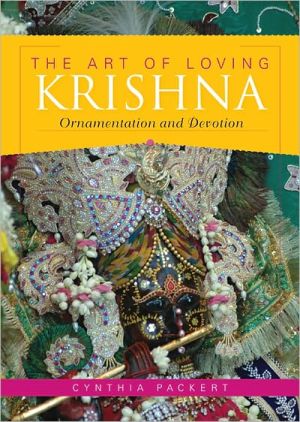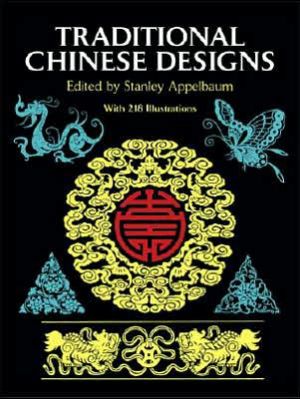The Art of Loving Krishna: Ornamentation and Devotion
Since ancient times, Hindus have expressed their love and devotion to their deities through beautiful ornamentation—dressing and decorating the deities with elaborate clothing, jewelry, and flowers. In this pioneering study of temples in Vrindaban and Jaipur, India, Cynthia Packert takes readers across temple thresholds and into the god Krishna’s sacred domain. She describes what devotees see when they behold gorgeously attired representations of the god and why these images look the way they...
Search in google:
Since ancient times, Hindus have expressed their love and devotion to their deities through beautiful ornamentation — dressing and decorating the deities with elaborate clothing, jewelry, and flowers. In this pioneering study of temples in Vrindaban and Jaipur, India, Cynthia Packert takes readers across temple thresholds and into the god Krishna's sacred domain. She describes what devotees see when they behold gorgeously attired representations of the god and why these images look the way they do. She discusses new media as well as global forms of devotion popular in India and abroad. The Art of Loving Krishna opens a universe of meaning in which art, religious action, and devotion are dynamically intertwined.
AcknowledgmentsPrologue: Seeing Krishna, Loving KrishnaIntroduction: A Sense of Place, an Open Heart, and an Educated Eye1. The Radharamana Temple: Divine Time, All the Time2. The Radhavallabha Temple: One Is Better than Two3. The Govindadeva Temple: From the King's God to the People's God4. Krishna to GoConclusion: All Dressed Up and Everywhere to GoNotesBibliographyIndex
\ Choice"[T]he material is presented in an easy and accessible manner... Recommended." —Choice\ \ \ \ \ Journal of Hindu Studies"The art of Loving Krishna provides a richly descriptive yet engagingly analytical entrance into the world of Krishna-bhakti as practiced today in Vrindavan, Jaipur, and in the wider world.... [T]his book adds a fresh voice to several scholarly discourses and calls for further attention to the ephemeral side of Hindu worship traditions." —Journal of Hindu Studies\ \








